When Witches Communed With Fairies
Our modern conventions tend to view the realms of fairies and witches separately. Witches have been viewed as evil, while fairies are seen as benevolent, cute, and kind. As scholars reevaluate witch trials and the confessions of those accused, we are coming to new conclusions on accused witches.

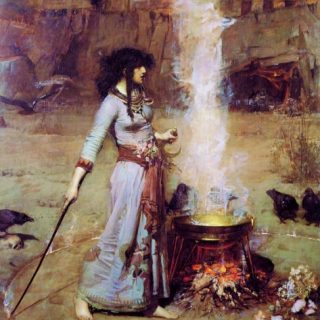
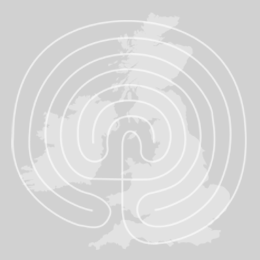
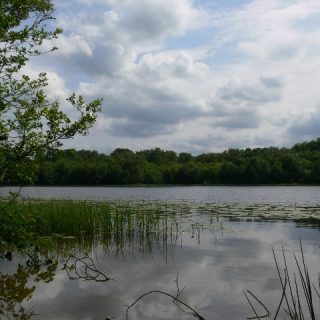
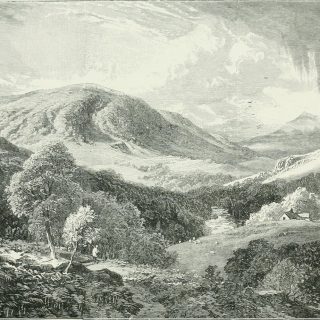
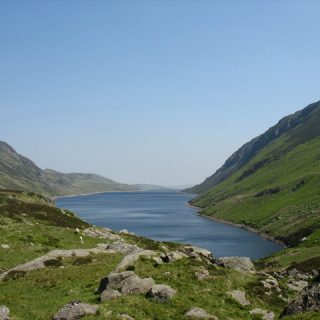

Recent Comments